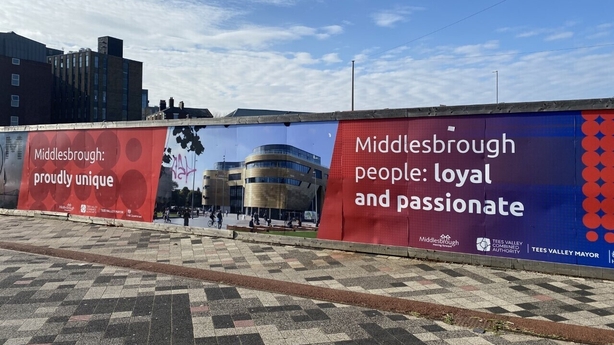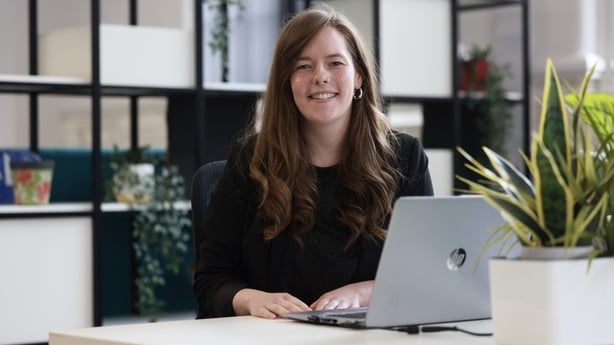Middlesbrough in northeast England is one place the Labour Party must make gains in today's local elections if it is to be seen capable of winning the next UK general election.
The council was Labour-controlled from when it was set up in 1973 until it went to no overall control in the December 2019 general election.

It was part of the party's vote collapse in the so-called Red Wall areas of the midlands and the north.
They already had some of the most deprived areas in Britain and has suffered further with the cost-of-living crisis.
Labour only needs a gain of three seats to win back overall control and failure to do this would be seen as a major setback.
Emily Craigie, who is Local Democracy reporter, a position funded by the BBC, says there has been a loss of political identity among Teesiders.
"They voted Labour, they might not want to return, they might not feel ready to return. They voted Conservative but it hasn’t been exactly what they hoped for so now they’re kind of without a home."
Based on the results of council by-elections over the past number of months, she says Labour should succeed but the party is leaving nothing to chance and has been campaigning heavily in the area.

It is a similar story in other Red Wall areas in the northeast such as Darlington and Hartlepool.
Labour will also be trying to turn its lead in the opinion polls into solid electoral gain by winning seats in the more comfortable 'middle England’ areas like Swindon, Southampton and Plymouth.
For the Conservatives it is the first electoral test for Prime Minister Rishi Sunak.
He steadied the Tory ship after the premiership of Liz Truss and has improved his party’s standing in opinion polls.
However, one recent poll showed his approval rating had dropped and his party remains on average 15% behind Labour.
There are a total of 8,057 seats to be decided and the Conservatives currently hold nearly half - 3,365 of them.
Based on opinion polls the party is predicted to lose hundreds of seats, possibly up to 1,000.
However, the overall picture will be complicated by the British local election system which involves voting taking place every year in different areas.
Some councils have a complete election every four years while others elect one third of their councillors at a time.
There are no elections taking place in areas that Labour has done well in such as London or Wales, or in Scotland where the party is hoping to pick up votes.

Dr Jonathan Carr-West, of the Local Government Information Unit (LGIU), says the seats now up for grabs were last voted for in May 2019.
At that time, the Conservatives were at the end of Theresa May’s leadership and facing parliamentary deadlock over Brexit and they did badly. They lost 1,300 seats.
Dr Carr-West says because of this low base it may be difficult for Labour to be seen to do exceptionally well and there are very few councils where the party could hope to win control from the Conservatives.
It will be a case of winning back councils from no overall control and increasing the number of seats.
He says the Liberal Democrats are hoping to gain seats from the Conservatives in the so-called Blue Wall of the southeast in commuter towns in Kent and Surrey.
One issue that is causing concern he says is that voters will have to produce photo ID which usually means a passport or driving licence.
Dr Carr-West says young people and those from minority and marginalised communities are less likely to have these documents.
There was an option to apply for a Voter Authority Certificate but few people have done so.
He says there is a debate over whether this will affect the voting as those most affected by the ID rule have historically tended towards voting Labour.
Dr Carr-West says that, according to polling by the LGIU, 40% of people are unaware of the photo ID rule and 20% think that a utility bill will suffice as identification.
For the first time, he says, people may be told they cannot vote even though they are on the list.
Most of the election results are expected to be announced tomorrow.

